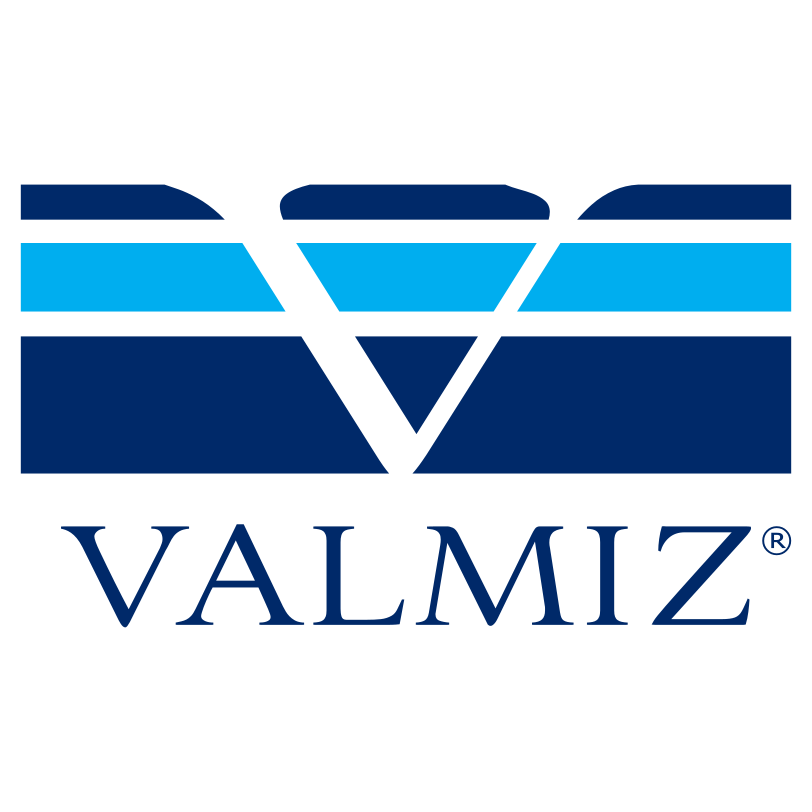When a system is in place that lacks transparency, how can we ensure ethical behavior? Answer: visibility—how people perceive you. That means visibility for others. You’ll behave better if others can see you. The likelihood of good behavior increases when others can observe it. Good communication and participation in public conversations and consultations are virtues. Valmiz, Inc. initially published a whitepaper titled “Intelligent Agents for Information Augmentation Using Novel Approaches to Data Analysis” to promote transparency and accountability. In it, the approaches were discussed and defined. Core ethical principles are embedded in Valmiz. Additionally, the lead developer has carefully defined the scope and capabilities of Valmiz, which is not attempting to solve every issue known to man. Valmiz, Inc. understands that explaining every aspect of Valmiz and how it works is of paramount importance. What problems Valmiz is trying to solve and how it can be a solution. Moreover, Valmiz, Inc. also provided an executive summary for investors presenting the future development and trajectory of Valmiz and what target markets and industries Valmiz can be part of.
Valmiz, Inc. also actively participates in forums where we can discuss relevant issues, like the upcoming AI Asia Expo 2023 in Manila. Here, innovators and experts from the global AI community will converge to foster dialog that will set the road map for the AI industry in the Philippines. Talks between agencies establish accountability in the community, which follows revision and critique. There must be code revision, whistleblowing protocols, and excellent communication to reduce the necessity for whistleblowing. This level of peer examination is desirable and necessary. There are frequent concerns that extremely powerful corporations armed with the inscrutable mechanisms of artificial intelligence could manipulate people without their knowledge. But with involvement and visibility, this is mitigated.
How much transparency is acceptable for some activities is unclear. Commercial companies also need privacy. Given serious opponents, only a fool wants the security services of their company to be entirely transparent, but determining the line may be challenging. How about some competitive advantages that must remain behind closed doors? Transparency is not either all or nothing. How much information to share depends on how the AI will affect stakeholders. Here are some steps to look into to answer the question at hand: First, consider the complete scope of parties involved in the system and the level of disclosure required to gain everyone’s faith in AI. Stakeholders within an organization need to be afforded certain levels of openness in order to effectively contribute ideas and perspectives. And second, establish methods for gathering, documenting, and reporting information that may be packaged for internal and external users after establishing the levels of openness required for each stakeholder. Transparency in AI emerges throughout the lifecycle. Valmiz, Inc. will continue its commitment to be transparent, and by fostering communication and cooperation between departments, transparency helps teams solve challenges and generate new ideas.


